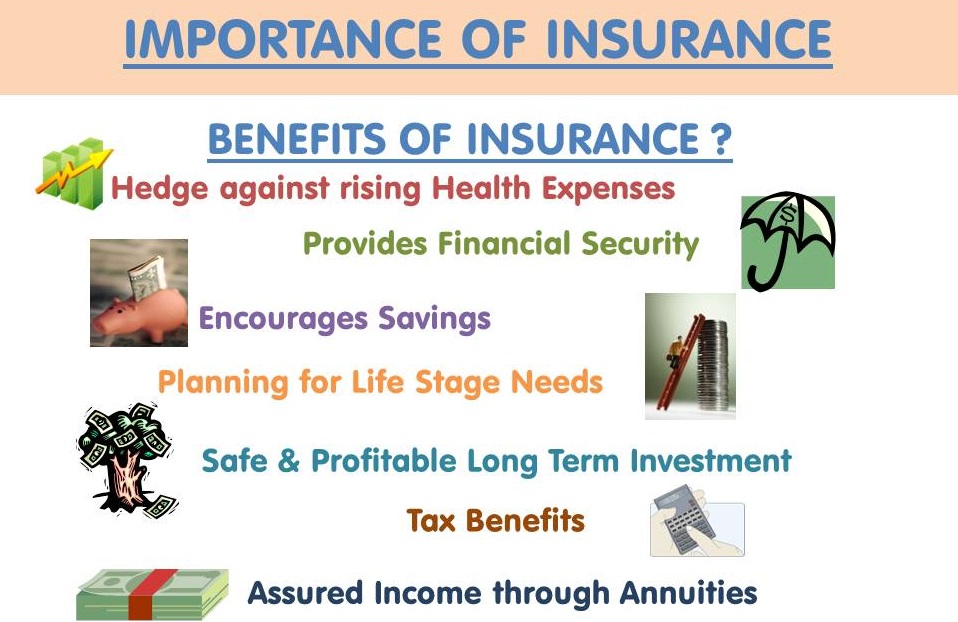The 6-Minute Rule for Pacific Prime
The 6-Minute Rule for Pacific Prime
Blog Article
The Best Strategy To Use For Pacific Prime
Table of ContentsEverything about Pacific PrimeA Biased View of Pacific PrimeGetting My Pacific Prime To Work7 Easy Facts About Pacific Prime ExplainedThe Definitive Guide to Pacific Prime

This is due to the fact that the data were gathered for a period of strong economic efficiency. Of the estimated 42 million people who were uninsured, almost about 420,000 (about 1 percent) were under 65 years old, the age at which most Americans end up being eligible for Medicare; 32 million were grownups in between ages 18 and 65, around 19 percent of all grownups in this age; and 10 million were youngsters under 18 years of age, about 13.9 percent of all children (Mills, 2000).
These quotes of the number of persons uninsured are created from the annual March Supplement to the Present Population Survey (CPS), conducted by the Demographics Bureau. Unless or else kept in mind, nationwide estimates of individuals without medical insurance and proportions of the populace with different type of insurance coverage are based upon the CPS, one of the most extensively utilized resource of quotes of insurance coverage and uninsurance prices.
The Ultimate Guide To Pacific Prime
:max_bytes(150000):strip_icc()/basics-to-help-you-understand-how-insurance-works-4783595_final-9cf74d5b66d14f88a21ab29ddb290e2d.png)
Still, the CPS is especially valuable due to the fact that it generates annual quotes reasonably promptly, reporting the previous year's insurance policy coverage approximates each September, and because it is the basis for a constant collection of quotes for more than twenty years, enabling evaluation of fads in protection with time. For these reasons, in addition to the considerable use the CPS in various other studies of insurance policy coverage that are provided in this report, we count on CPS price quotes, with limitations noted.

The estimate of the number of uninsured people expands when a populace's insurance coverage status is tracked for numerous years. Over a three-year period starting early in 1993, 72 million individuals, 29 percent of the united state populace, were without insurance coverage for at the very least one month. Within a single year (1994 ), 53 million people experienced at least a month without coverage (Bennefield, 1998a)
Six out of every 10 without insurance adults are themselves employed. Working does improve the likelihood that one and one's family members will certainly have insurance coverage, it is not a warranty. Even participants of family members with two full-time breadwinner have virtually a one-in-ten chance of being uninsured (9.1 percent check uninsured rate) (Hoffman and Pohl, 2000).
The 10-Minute Rule for Pacific Prime
New immigrants represent a substantial proportion of people without health and wellness insurance. One analysis has associated a significant portion of the recent development in the dimension of the united state uninsured populace to immigrants who arrived in the nation between 1994 and 1998 (Camarota and Edwards, 2000). Recent immigrants (those that involved the United States within the past 4 years) do have a high price of being uninsured (46 percent), but they and their kids represent simply 6 percent of those without insurance nationally (Holahan et al., 2001).
The connection between medical insurance and accessibility to care is well established, as documented later in this chapter. Although the partnership between medical insurance and health outcomes is neither straight nor straightforward, a considerable scientific and wellness services research study literary works web links medical insurance protection to better access to care, far better high quality, and enhanced personal and population health standing.
Levels of evaluation for taking a look at the effects of uninsurance. It concentrates particularly on those without any kind of health and wellness insurance policy for any type of size of time.
Not known Incorrect Statements About Pacific Prime
The issues encountered by the underinsured are in some areas similar to those dealt with by the without insurance, although they are normally less serious. international health insurance. Uninsurance and underinsurance, nonetheless, involve definitely various plan issues, and the strategies for addressing them might vary. Throughout this study and the five records to adhere to, the primary emphasis gets on persons without any medical insurance and therefore no help in paying for health and wellness care beyond what is readily available via charity and safeguard organizations
Health and wellness insurance coverage is a powerful factor affecting invoice of treatment because both patients and medical professionals react to the out-of-pocket cost of services - https://sitereport.netcraft.com/?url=https://www.pacificprime.com. Medical insurance, nevertheless, is neither needed neither adequate to get accessibility to clinical solutions. Nonetheless, the independent and direct effect of medical insurance protection on accessibility to health and wellness services is well established.
Others will get the wellness treatment they need also without medical insurance, by paying for it out of pocket or seeking it from carriers that supply care totally free or at very subsidized rates. For still others, health insurance policy alone does not make sure receipt of treatment due to various other nonfinancial barriers, such as an absence of healthcare suppliers in their community, minimal access to transport, illiteracy, or linguistic and social differences.
7 Easy Facts About Pacific Prime Described
Formal research regarding without insurance populations in the USA dates to the late 1920s and early 1930s when the Board on the Cost of Healthcare generated a series of reports regarding funding physician office visits and hospitalizations. This problem came to be salient as the numbers of medically indigent climbed during the Great Clinical depression.
Report this page